
Hacienda Guáimaro
Step back into 19th-century Cuba at Hacienda Guáimaro, a beautifully restored sugar mill estate with stunning murals and rich history.

Highlights
Must-see attractions

Social
From TikTok & Reddit
Best Time
Best for tours and exploring

Hacienda Guáimaro
Best Time
Best for tours and exploring

Highlights
Must-see attractions
Step back into 19th-century Cuba at Hacienda Guáimaro, a beautifully restored sugar mill estate with stunning murals and rich history.
"A wonderful stop away from the crowds, offering a very informative tour of history and architecture."
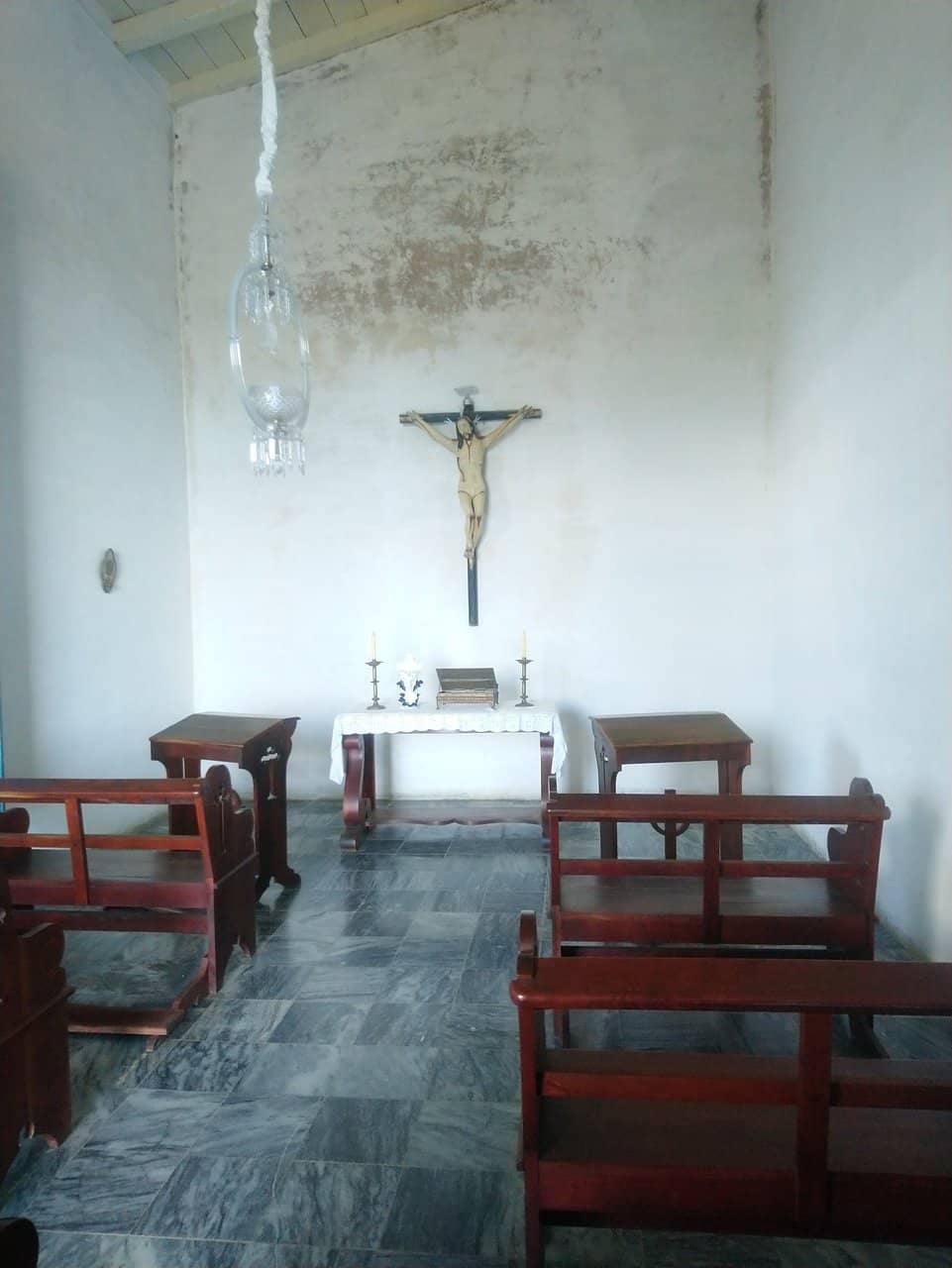
🎯 Follow Road Signs Carefully
Road signals are poor! Look for the tourist sign on Circuito Sur, then a small 'Guáimaro' sign.
🗣️ Speak Spanish for Deeper Insight
Guides are very informative, especially if you can converse in Spanish.
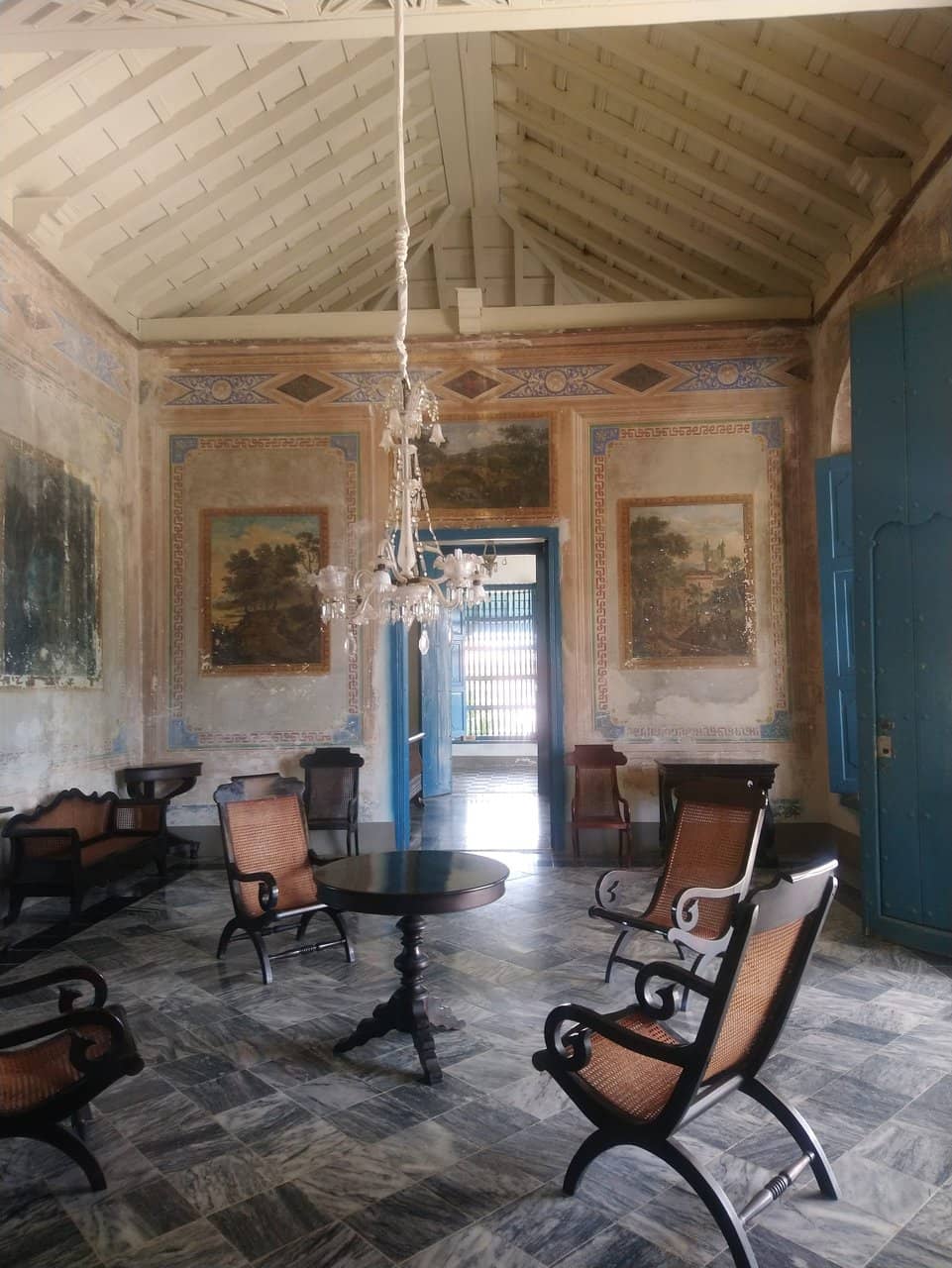
Highlights
Discover the most iconic attractions and experiences
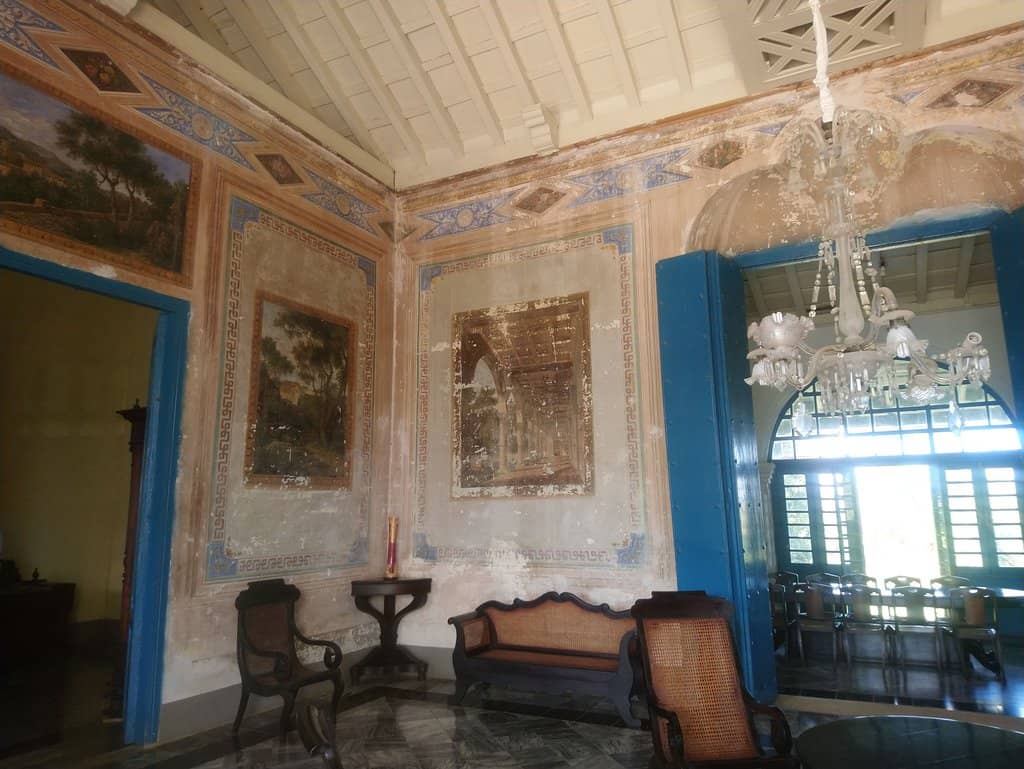
Restored Mural Paintings
Interior of the Hacienda
Stunning 19th-century murals by Daniel Dall'Aglio, featuring Romantic and Neoclassical European scenes.

Sugar Mill History
Hacienda Grounds
Learn about the Guáimaro Sugar Mill's peak in the 1800s, its massive sugar production, and the lives of its 300 slaves.
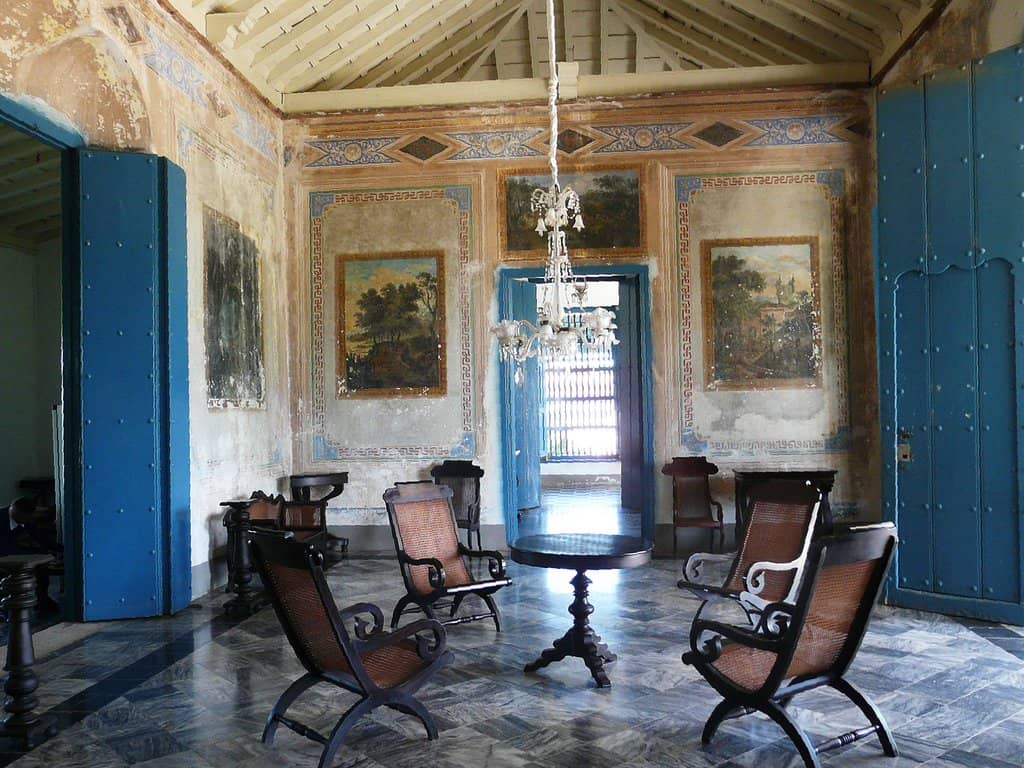
Borrell Family Legacy
Hacienda Interior
Discover the story of the Borrell family and their significant role in shaping Trinidad's history and economy.
Plans like a pro.
Thinks like you
Planning Your Visit
Navigating to Guáimaro
Immersive Historical Experience
Best Times
Insider Tips
from TikTok, Instagram & Reddit
🎯 Follow Road Signs Carefully
Road signals are poor! Look for the tourist sign on Circuito Sur, then a small 'Guáimaro' sign.
🗣️ Speak Spanish for Deeper Insight
Guides are very informative, especially if you can converse in Spanish.
💰 Affordable Entry Fee
The visit costs only 50 pesos per person, offering great value for the history you'll learn.
🚗 Be Prepared for Mud
The final stretch of road can be muddy, so drive carefully.
Tips
from all over the internet
🎯 Follow Road Signs Carefully
Road signals are poor! Look for the tourist sign on Circuito Sur, then a small 'Guáimaro' sign.
🗣️ Speak Spanish for Deeper Insight
Guides are very informative, especially if you can converse in Spanish.
💰 Affordable Entry Fee
The visit costs only 50 pesos per person, offering great value for the history you'll learn.
🚗 Be Prepared for Mud
The final stretch of road can be muddy, so drive carefully.
What Travellers Say
Reviews Summary
Visitors praise Hacienda Guáimaro as a wonderful, informative stop away from crowds, offering a deep dive into 19th-century Cuban history and colonial architecture. The knowledgeable guides and affordable entry fee are frequently highlighted as major positives, making it a highly recommended detour.
"A wonderful stop away from the crowds (and the fair share of street vendors trying to sell you just about anything) in Manaca Iznaga.
We were warmly welcome by the two guides there who took us on a very informative tour of the house and the property, and answered all our questions about Valle de Los Ingenios and the Trinidad region (we spoke Spanish). What’s more, the price of the visit is 50 pesos/person.
Definitely worth a visit!"
Thomas Pawlak
"This small villa in the middle of nowhere was a wonderful stop in the course of our visit of Valley de los Igenios. The guide of the house took us through a full immersion in the history of this house, his family and the way in which the story of Borell's family crossed the story of Cuba and his struggle for independency. Absolutely worth a visit.
Please be aware that road signal are very poor!! Take right on the main road (Circuito Sur) when you see the tourist signal, after few minutes a very small signal indicated "Guaimaro" on the right. Pass the first few meter of muddy road and you're arrived."
Davide Masi
"The Guáimaro Sugar Mill Hacienda is one of the jewels of 19th-century colonial architecture in Trinidad. The Valley of the Sugar Mills boasted, in what was once the Guáimaro hacienda, one of the "colossi" that helped forge the legend of Trinidadian fortunes, and placed Trinidad among the top three most important cities in Cuba in the first half of the 19th century.
In 1830, this sugar mill had a staff of 300 male slaves. A plan drawn up in 1857 depicts this sugar mill with a slave village. Like Manaca-Iznaga, it was built of mud and guano, but located on the slope of the hill that served as the base for the large residential house.
The Guáimaro sugar mill had 84 caballerías (84 caballerías). In 1827, the highest harvest in the world at the time was achieved: 82,000 @ of raw and purged sugar (more than 900 tons). In 1830, it was valued at the exalted sum of 459,527 pesos.
The third generation of the Borrell family, José Mariano Borrell y Lemus, was the one who gave the final shape to this beautiful house that survives to this day. He hired the famous Italian architect, decorator, and painter based in Cuba, Daniel Dall Aglio, designer of the Sauto Theater and the Church of San Pedro Apóstol, both works in Matanzas, to decorate the interior of the Guáimaro sugar mill. This work was completed by February 1859. It is assumed that it was carried out in the 1840s and consisted of one of the most beautiful halls in the country, covered from floor to ceiling in murals depicting Romantic and Neoclassical themes in the European style.
Large paintings, framed with ovals and squared with fretwork, as if they were canvases placed on them. The paintings depict bucolic, pastoral scenes, ruined castles, or reproductions of neoclassical architectural complexes and the characteristic willows seen in Romantic paintings. The wall decoration, divided into fields, is very different from what we consider popular.
Mural Painting
Lines disappear in favor of volumes, with perspective effects. We can appreciate the use of tight, barely perceptible brushstrokes, which form large patches in which the gradation of tones is the main support for delimiting the images. The treatment of light, especially that of the sunset, is one of the best effects achieved by these paintings.
Since 2000, the Office of the Conservator of Trinidad and the Valle de los Ingenios has been carrying out several restoration projects on this house, which include rigorous work to recover these mural paintings. Once the restoration of this house and its surroundings is complete, it will become the Valley Interpretation Center, a Sugar Museum, where all the sugar-producing activities of the Trinidad region during the 18th and 19th centuries will be on display."
Humberto Cardoso Cabrera
What People Like
What People Dislike
Frequently Asked Questions
🚇 🗺️ Getting There
Finding Hacienda Guáimaro requires attention to road signs. Take the right turn on the main road (Circuito Sur) when you see the tourist signal. A few minutes later, look for a very small signal indicating 'Guáimaro' on the right. Be aware that the initial part of the road might be muddy.
While accessible by car, the road signals are described as poor, and the final approach can be muddy. It's recommended to drive cautiously and keep an eye out for the specific signs mentioned.
Traveling by car is the most direct way. If you are in the Trinidad region, it's often visited as part of a tour of the Valle de los Ingenios. Ensure your navigation is reliable or ask locals for directions.
Hacienda Guáimaro is located within the Valle de los Ingenios, which is near Trinidad. The exact travel time will depend on your starting point and road conditions, but it's a feasible excursion from Trinidad.
Information on direct public transport to Hacienda Guáimaro is scarce. It's typically visited as part of a private tour or by car. Taxis from Trinidad are also an option.
🎫 🎫 Tickets & Entry
The entrance fee is very affordable, typically around 50 pesos per person. This price offers excellent value for the guided tour and historical insights provided.
Advance booking is generally not required for Hacienda Guáimaro. You can usually purchase tickets upon arrival.
Hacienda Guáimaro is typically open during daytime hours, allowing visitors to explore and take guided tours. It's best to visit during daylight to fully appreciate the site.
Tours are usually available throughout the day. It's advisable to arrive earlier in the day to ensure you have ample time for a thorough and informative guided experience.
While you might be able to access the grounds, a guided tour is highly recommended to fully understand the rich history and significance of Hacienda Guáimaro. The guides provide detailed information.
🎫 🧭 Onsite Experience
At Hacienda Guáimaro, you can explore the beautifully restored colonial architecture, admire the intricate 19th-century mural paintings by Daniel Dall'Aglio, and learn about the history of the sugar mill and the Borrell family.
A visit to Hacienda Guáimaro, including the guided tour, usually takes about 1 to 1.5 hours. This allows for a comprehensive understanding of the site's history and features.
Basic facilities are usually available, but it's a historic site focused on preservation. It's wise to use restrooms before your visit or inquire about facilities upon arrival.
Yes, Hacienda Guáimaro offers excellent opportunities for photography, especially the restored interior with its detailed murals and the colonial architecture.
Hacienda Guáimaro was a major sugar mill in the 19th century, contributing significantly to Trinidad's economic importance. It also played a role in Cuba's struggle for independence.
📸 📸 Photography
The interior of the hacienda, with its stunning mural paintings depicting Romantic and Neoclassical scenes, is a prime photography spot. The colonial architecture and the surrounding grounds also offer picturesque views.
Generally, photography is allowed inside Hacienda Guáimaro, especially to capture the murals. However, it's always good practice to be respectful of the site and other visitors.
A camera with good low-light performance is beneficial, as some areas might not be brightly lit. A wide-angle lens can help capture the full scope of the murals and architectural details.
Drone usage is typically restricted at historical and cultural sites to preserve their integrity and for safety reasons. It's best to assume drones are not permitted unless explicitly stated otherwise.
Daytime hours are ideal for photography to ensure sufficient natural light. The morning or late afternoon might offer softer light, enhancing the colors of the murals.
For Different Travelers
Tailored advice for your travel style
👨👩👧 Families with Kids
Tips for families: Consider visiting earlier in the day to avoid the midday heat. Encourage older children to ask questions of the guides, especially if they speak Spanish, to deepen their understanding. The site is relatively compact, making it manageable for younger children. Remember to bring water and sun protection.
🏛️ History Buffs
The restored mural paintings by Daniel Dall'Aglio are a significant artistic highlight, showcasing European influences on Cuban art. The ongoing restoration efforts and the future plans for the site as an interpretation center and museum further enhance its appeal to those interested in historical preservation and cultural heritage.
Deep Dives
In-depth insights and expert knowledge
The Artistry of Daniel Dall'Aglio
Dall'Aglio's murals are characterized by their Romantic and Neoclassical themes, drawing inspiration from European art. He masterfully depicted bucolic scenes, ancient castles, and architectural complexes, often incorporating the melancholic beauty of willows typical in Romantic paintings. The technique employed is remarkable, with lines disappearing in favor of volumes and perspective effects, creating a sense of depth and realism. The subtle brushstrokes and masterful use of light, particularly the depiction of sunsets, contribute to the paintings' lifelike quality.
These murals are not just decorative; they offer a glimpse into the aesthetic preferences and cultural influences of the era. The ongoing restoration projects aim to preserve this invaluable artistic heritage, ensuring that future visitors can appreciate Dall'Aglio's genius. The hacienda is slated to become the Valley Interpretation Center and Sugar Museum, further highlighting its cultural and historical importance.
A Sugar Colossus of the 19th Century
The hacienda's operations were supported by a large workforce, including 300 male slaves in 1830. A plan from 1857 depicts a slave village, similar to Manaca-Iznaga, built on the slope of the hill. The estate spanned 84 caballerías (a Cuban unit of land measurement), indicating its vast agricultural reach. The story of Guáimaro is intrinsically linked to the economic boom driven by sugar production and the complex social structures of the time, including the widespread use of enslaved labor.
Today, the restoration of Hacienda Guáimaro aims to transform it into a Sugar Museum and the Valley Interpretation Center. This initiative seeks to educate visitors about the intricate sugar-producing activities of the Trinidad region during the 18th and 19th centuries, offering a comprehensive understanding of this vital historical industry.
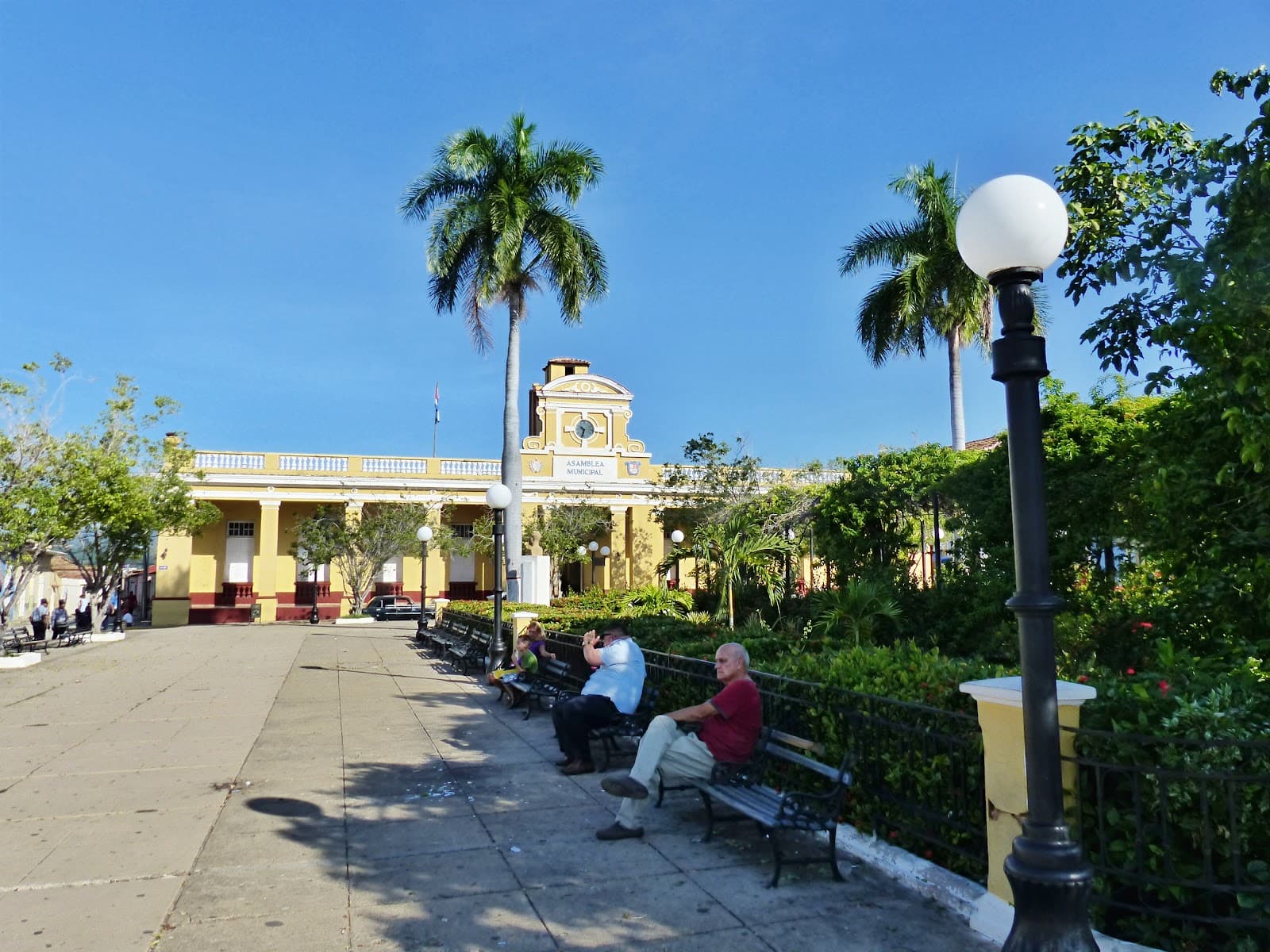
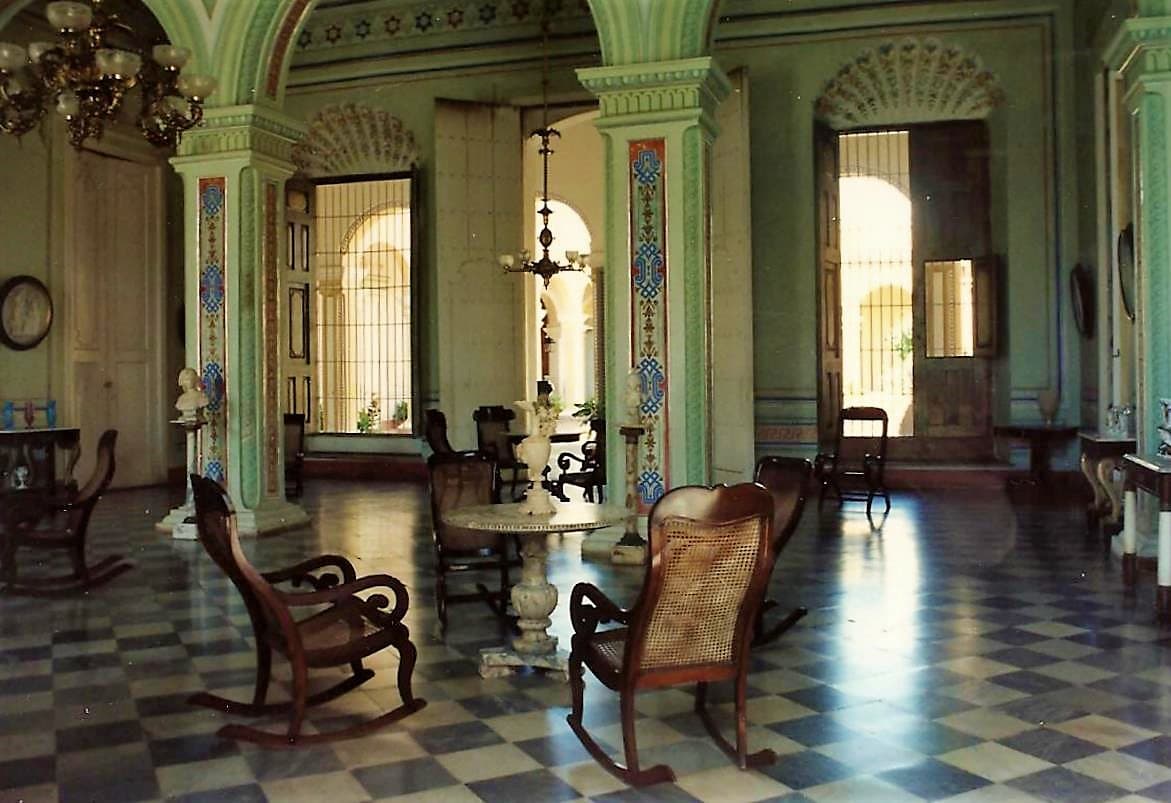
Social
from TikTok, Instagram & Reddit